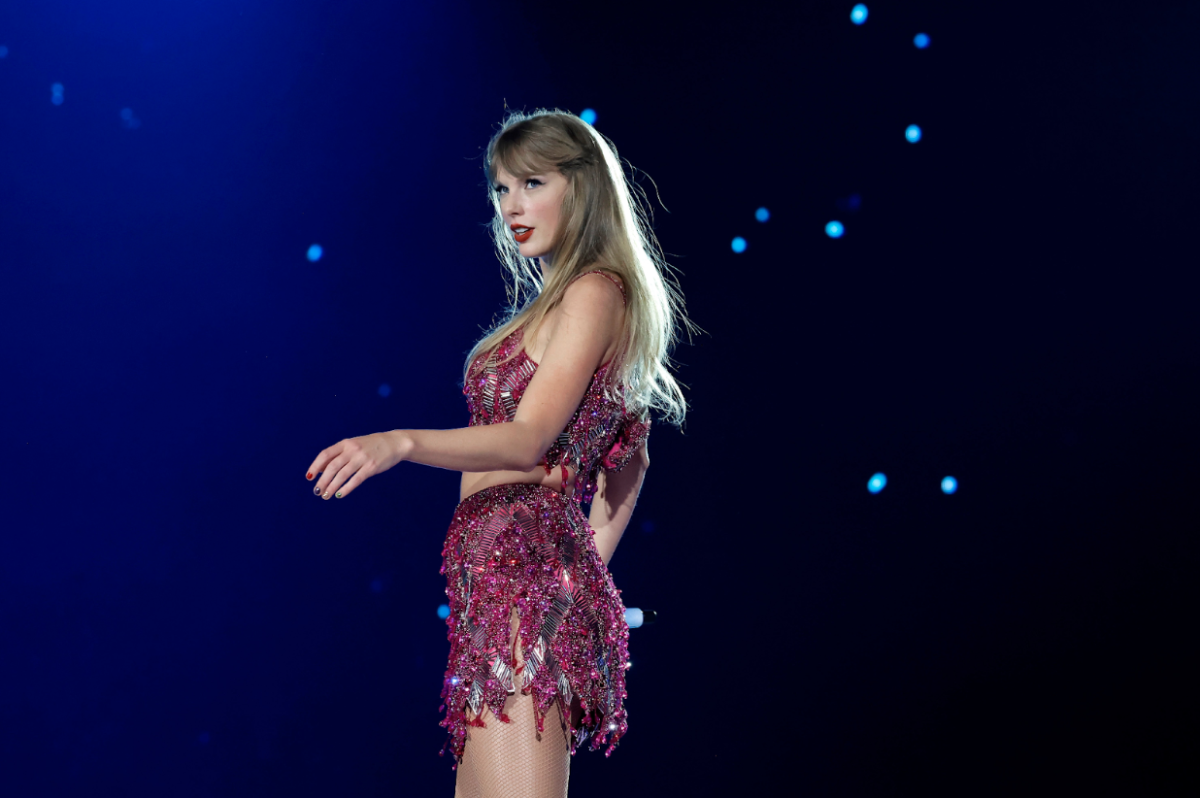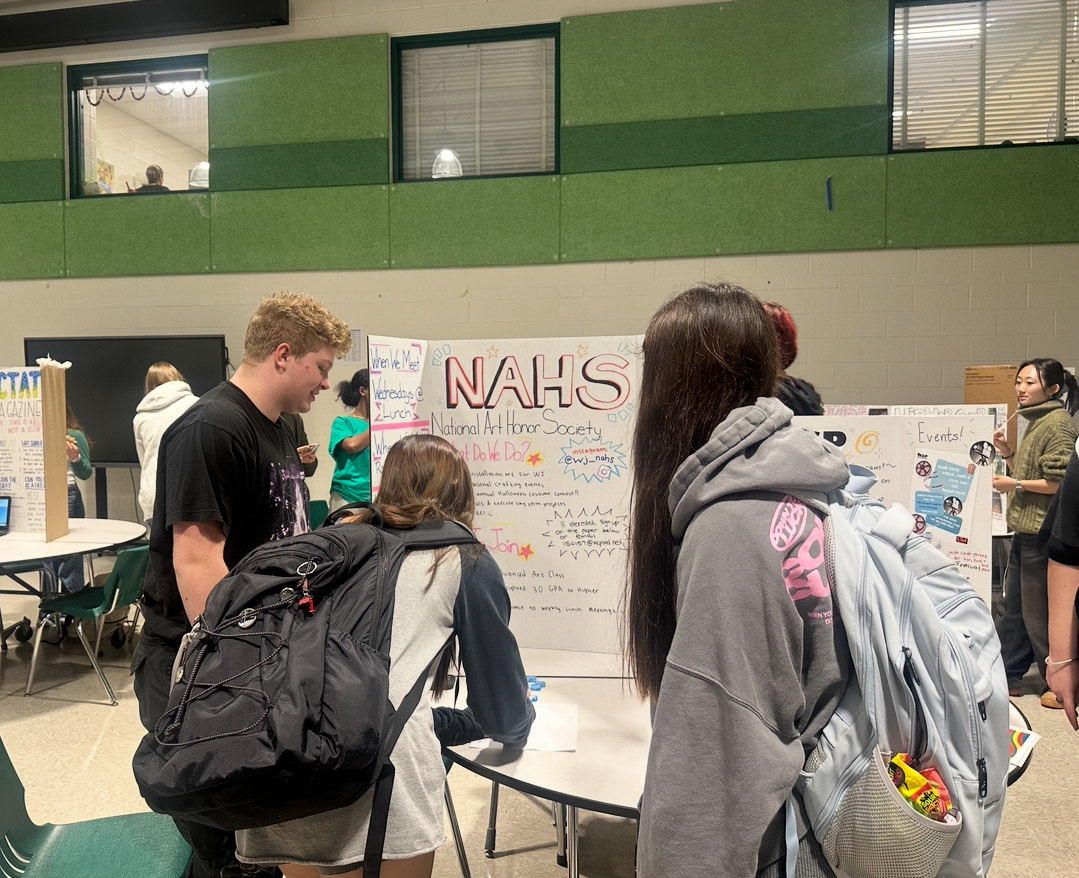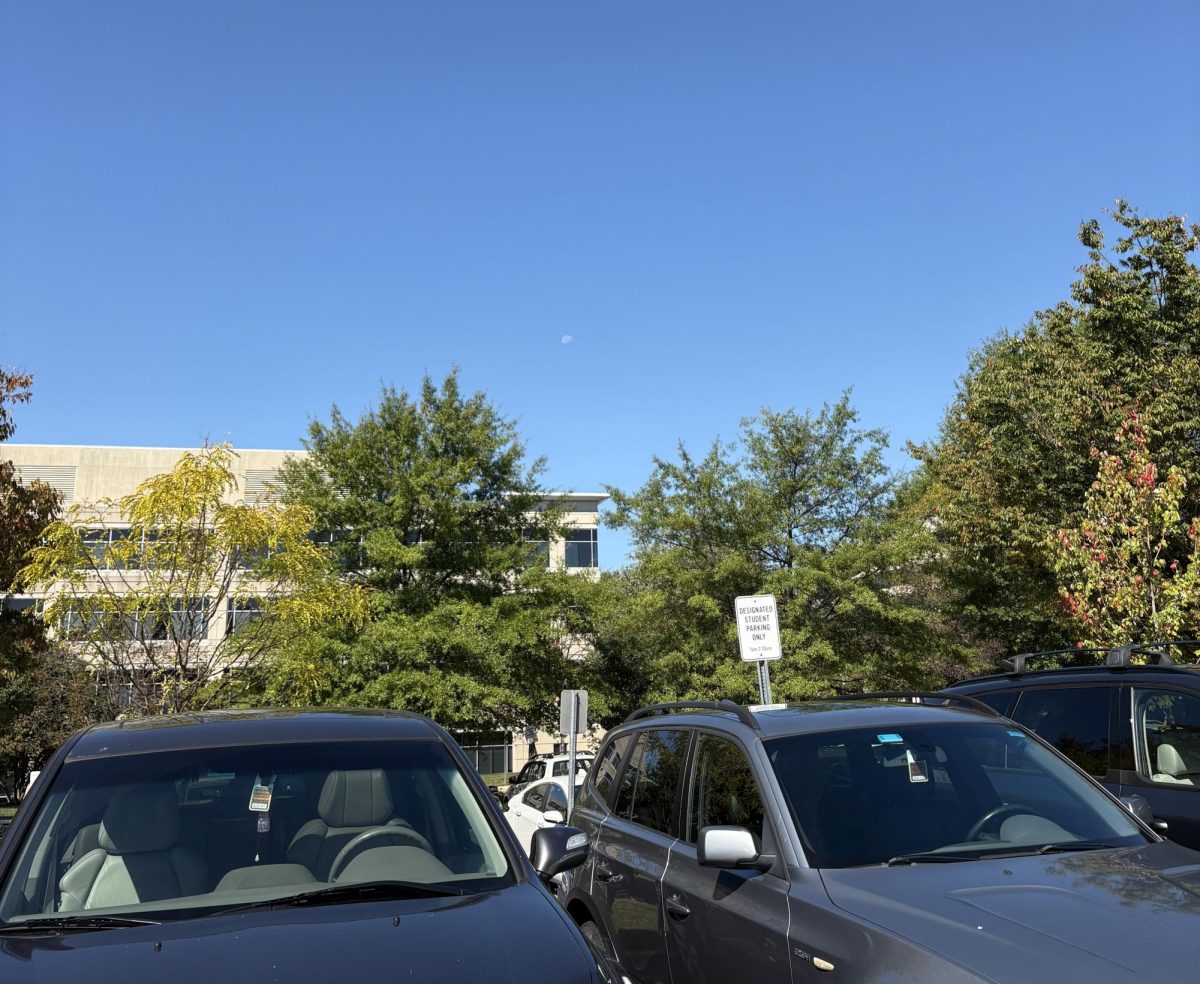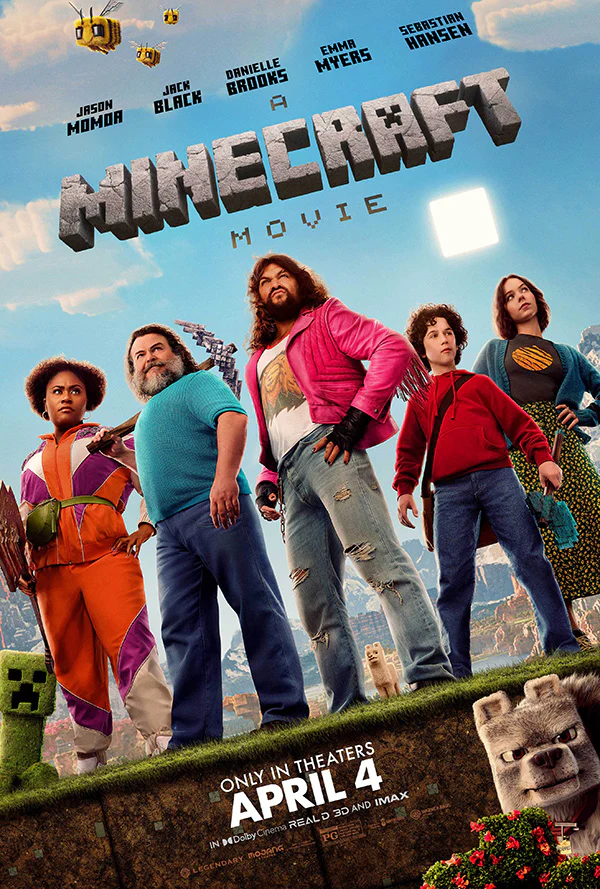Since the beginning of television, episodes have been released on a weekly cycle with few exceptions other than the daily soap opera. This began to change once Netflix started to produce and release its own original content.
“I think my preferred way shows come out is binge releases. Usually, the audience has been expecting and waiting for a new show or season for so long with all the promotional build-up that it feels good to be able to watch it all at once,” senior Charlotte Brown said. “I feel more connected to the show and story when it’s the only one I’m watching and don’t have to watch others in between [as I wait] wait [for new episodes].”
The binge model was and still is widely successful for a reason; the ability to go through a show at your own pace is very attractive to audiences. On the production side, showrunners are free from needing to incorporate recaps or reminders of previous events into their episodes. However, it does have a hindrance on one critical aspect of a show’s popularity.
“I think weekly is the best way for shows to release because it builds more community around the show. Everyone gets to talk about each episode as it comes out and the dialogue around the show is more specific. I remember I was on Twitter when ‘Euphoria’ was coming out; everyone was so excited talking about stuff as it happened and [there was] a big anticipation built up for each episode,” junior Ada Hillman said.
The mass popularity of HBO’s weekly dramas has proven that the binge method is not the only formula for success in the streaming era. “Euphoria”, “The Last of Us” and “White Lotus” among others have captured viewers’ attention for longer periods of time, and the mass discussion around each episode has drawn new viewers each week, who felt pressured to catch up and join the conversation.
This type of popularity growth can’t happen with Netflix shows, as the window of interest is much shorter and many people may not feel motivated to watch an entire show to join discussions rather than only a few episodes to experience a story alongside the rest of the public. The binge model also cuts out the suspense of the biggest moment in a season other than the opener: the finale.
By having every episode released at once, there is nothing stopping a viewer from going all the way through a season in one sitting. While this may feel more satisfying in the short term, the build-up of suspense as you are left guessing how the fates of your favorite (or least favorite) characters will turn out usually makes the payoff of a finale in a weekly series more emotionally impactful. Netflix seems to have caught onto this fact and is making attempts at adjusting accordingly.
“Lately even places like Netflix have been doing the scheduled weekly releases, so I feel like they might switch to that permanently since almost everyone is dropping cable and switching to online streaming and apps,” sophomore Delina Palma said.
Netflix’s weekly experimentation has been relatively limited. When Netflix took a risk on their biggest property “Stranger Things” by leaving the final two episodes to release a month after the first seven, it paid off. Fans were theorizing across the internet, with people terrified about the fates of their new favorite cast members and social media edits being produced at a factory pace.
With several viable alternatives for streamers to choose from when releasing their shows, the decision over which model to choose will become an even more important one, and a wrong decision could spell disaster for a show’s success.





















